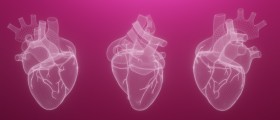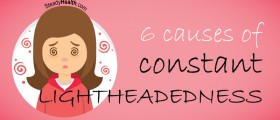
Fainting is best described as a sudden and brief loss of consciousness. This condition is also known as syncope, and it results when not enough of blood reaches the brain. Even though it may be a very traumatic experience, fainting is relatively common among adults, and it accounts for a great number of emergency room visits. Fainting is sometimes a symptom of some other underlying condition or illness, but it also happens in an otherwise healthy people. However, fainting can be very problematic, especially for older people and pregnant women, and may result in severe injuries from falls. Sometimes it occurs as lightheadedness, and sometimes it includes complete loss of consciousness. In most of the cases, sufferers regain consciousness in a couple of minutes and feel much better.Causes of fainting in adults
Many things may cause fainting. In most of the cases, fainting is caused by a condition known as a vasovagal attack or neurally-mediated syncope. This condition occurs when blood pressure drops, and there is not enough force to push the blood up to the brain. The reduced blood circulation to the brain causes the temporary loss of consciousness. This is especially frequent in children and younger adults, and it is usually accompanied by nausea, lightheadedness, problems in vision, and feeling of warmth.
Fainting may occur along with the panic attack, which is typically triggered by unmanaged emotional stress. If the body suffers from pain, hunger, or if excessive alcohol or drugs overwhelm it, fainting can also occur.
In many cases, fainting occurs as a result of an underlying heart or neurological problem, involving nerves or brain. Sometimes, certain problems in the autonomic nervous system can cause fainting. This system controls various involuntary vital functions, including the heart rate or the rate of breathing.
Berating rate is also important since, if a person breathes too quickly, too much oxygen becomes absorbed and the body fails to remove carbon dioxide. In this situation, fainting or feeling of lightheadedness, are expected.
Other medical conditions can also affect the blood pressure and the heart rate, leading to fainting. These conditions include diabetes, malnutrition and alcoholism. Similarly, certain medications can act on patient’s blood vessels, decreasing the blood pressure and the blood circulation in the brain.
First Aid Information for Fainting
The best way to help a victim of fainting is to return the blood to the brain by positioning a sufferer on the ground, with legs slightly elevated. Similarly, leaning the person’s body forward, while positioning the head between the knees, can also help.

















Your thoughts on this
Loading...